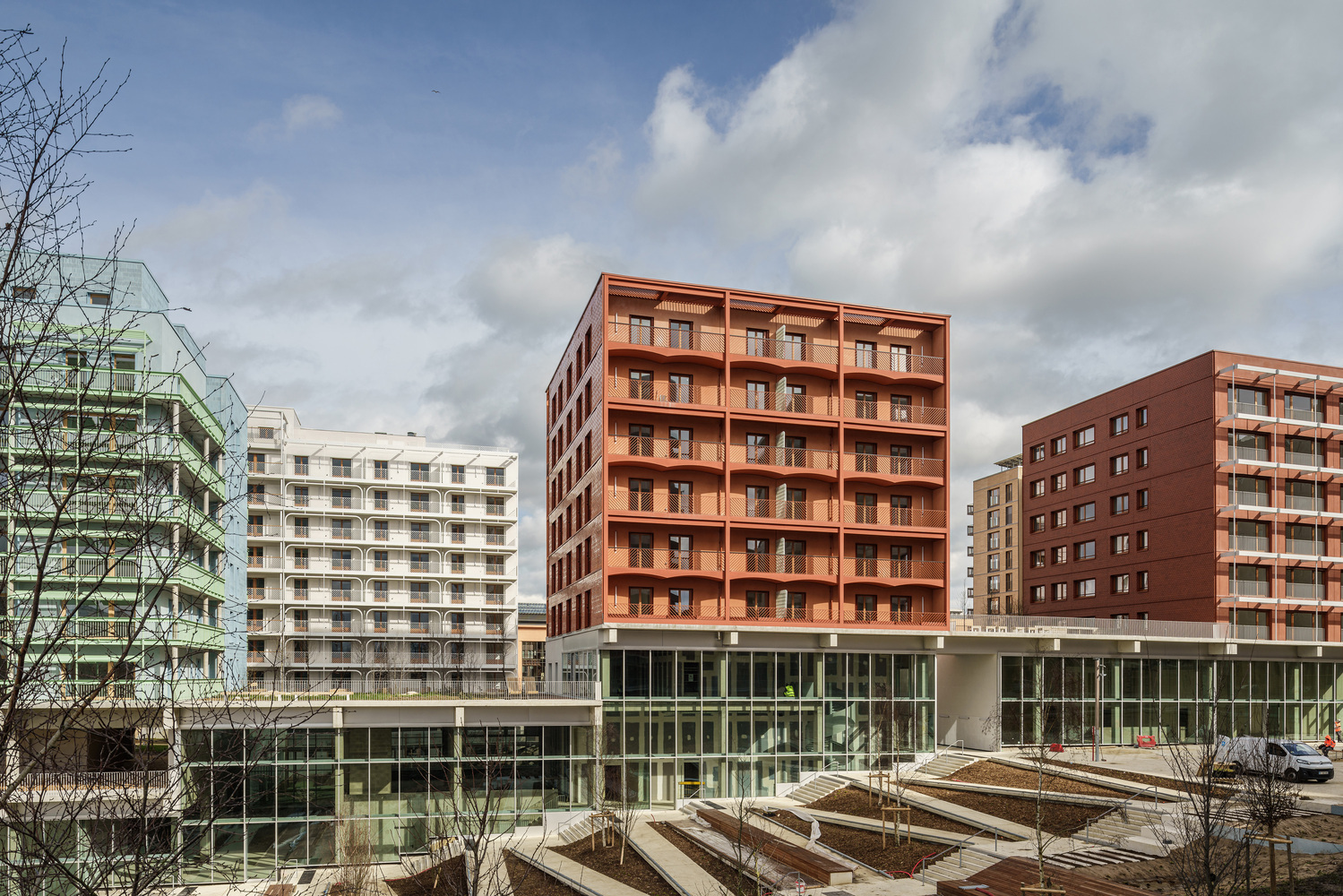Beyond Sports: 10 Reversible and Multifunctional Olympic Villages
The first Olympic village was built for the 1924 Summer Games in Paris. Before this, athletes stayed in hotels, hostels, schools, headquarters, and even on the ships that brought them to the host cities. Pierre de Coubertin, co-founder of the International Olympic Committee (IOC), proposed the idea of an Olympic village. He realized it would be more cost-effective to house athletes in temporary structures rather than hotels. He believed the village would also create a sense of community among the international competitors.
The idea of building permanent structures that could be used for other purposes after the Olympics first appeared in the 1952 Helsinki Games. Since then, many host cities have adopted this approach. Olympic Villages now reflect the political, social, and architectural values of their hosts and increasingly address global issues like sustainability, urban regeneration, and legacy. Legacy refers to the long-term benefits that host city residents enjoy after the Games. New constructions are often seen as a way to revitalize underdeveloped areas by providing social housing, creating jobs, and improving infrastructure and transportation. These projects are designed to fulfill multiple purposes during and after the Games, using various strategies to achieve this.


 Picture: Stefan Tuchila
Picture: Stefan Tuchila
Comments :